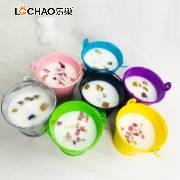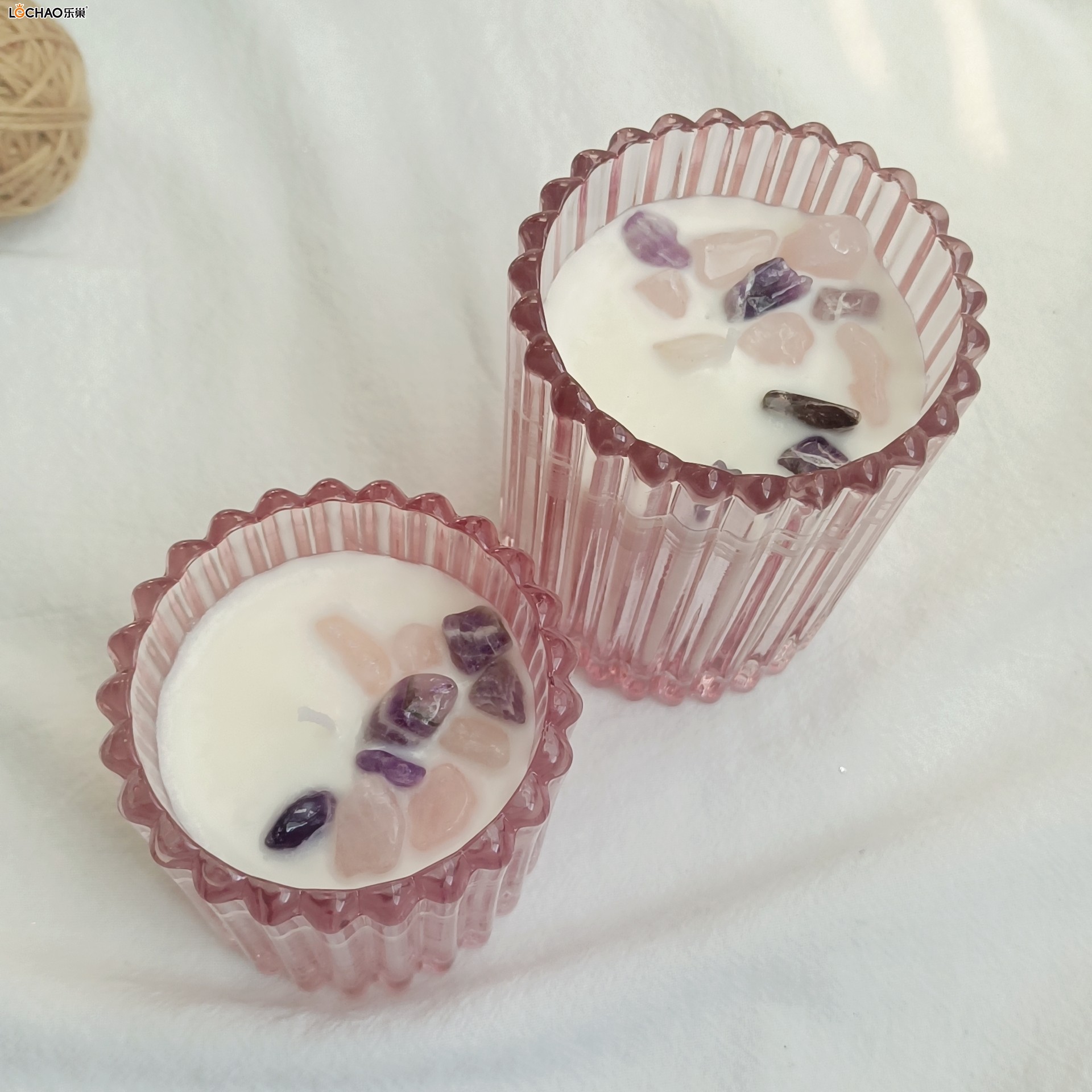At present, Scented Candle is increasingly accepted by the public. When choosing Scented candles, high-quality and low-quality
products differ significantly in ingredientscraftsmanship, and user experience. The following is a detailed identification guide
to help you avoid "minefields" when purchasing:
1. Look at the ingredients: wax base and additives
- High-quality candles:
- Natural wax base: plant-based raw materials such as soy wax, beeswax, coconut wax, etc., burn more cleanly and without smoke.
- Essential oil fragrance: Use pure plant essential oils (such as "100% essential oil" label), the fragrance is natural and layered.
- No harmful additives: does not contain artificial synthetic fragrance agents such as benzene and phthalates.
- Low-quality candles:
- Mainly paraffin: a petroleum byproduct, burning may release toluene and ethylbenzene (cheap but poor environmental protection).
- Artificial fragrance: labeled "fragrance oil" or "perfume", the fragrance is pungent or chemical.
- Adding combustion aids: such as stearic acid, it is easy to produce black smoke.
Tips:
- Look at the label: give priority to products marked "100% natural wax".
- Smell when not lit: high-quality candles have a light and natural fragrance; low-quality products may have an alcohol or plastic smell.
2. Observe the burning state
- High-quality candles:
- Burn evenly: a complete wax pool can be formed 2-3 hours after the first lighting (avoid "memory ring").
- Stable flame: blue or light yellow, no crackling.
- Very little smoke: only a small amount of white smoke when blown out.
- Low-quality candles:
- Tunnel effect: the wax only melts in the middle, and the edges remain.
- Obvious black smoke: the flame jumps, blackens, and is accompanied by a pungent smell.
- Turbid wax liquid: the wax liquid contains impurities or suspended particles after burning.
Remedial Tip: If a "memory ring" has appeared, wrap the cup mouth with tin foil to help melt the edge wax.
3. Test the fragrance quality
- High-quality candles:
- Cold smell is soft: the fragrance is light and not pungent when not lit.
- Stable heat expansion: the fragrance spreads evenly after lighting, and does not become sour or disappear over time.
- Low-quality candles:
- Strong fragrance: choking when not lit (may cover the smell of low-quality wax).
- Rapid evaporation: strong fragrance in the first 30 minutes, and then suddenly decreases (depending on volatile solvents).
Experimental method: Place the candle in a small room, and the high-quality product can still smell a faint fragrance after 1 hour.
4. Check the process details
- High-quality candles:
- Candle wick material: cotton wick or wooden wick, the thickness matches the candle diameter (no lead wick).
- Container workmanship: glass cups are of uniform thickness and resistant to high temperatures; metal cans are burr-free.
- Complete label: ingredients, burning time, and safety warnings are complete.
- Low-quality candles:
- Candle wick deviation: skewed during burning leads to uneven heating.
- Simple packaging: the label is unclear and there is no manufacturer information.
Pitfalls to avoid: The candle wick contains metal wire (maybe lead), which should be avoided!
Attachment: Quick identification flow chart
1. Look at the ingredients → Choose natural wax + essential oil.
2. Smell the smell → Reject chemical smell.
3. Burn once → Observe the flame and wax pool.
4. Check the residue → The wax liquid should be clear after cooling.
In short, when choosing scented candles, you must pay attention to the following: high-quality candles are "the longer the
burning time, the lower the unit cost while inferior products need to be replaced frequently. Investing in a good
candle can not only improve the quality of life, but also be healthier and safer.





